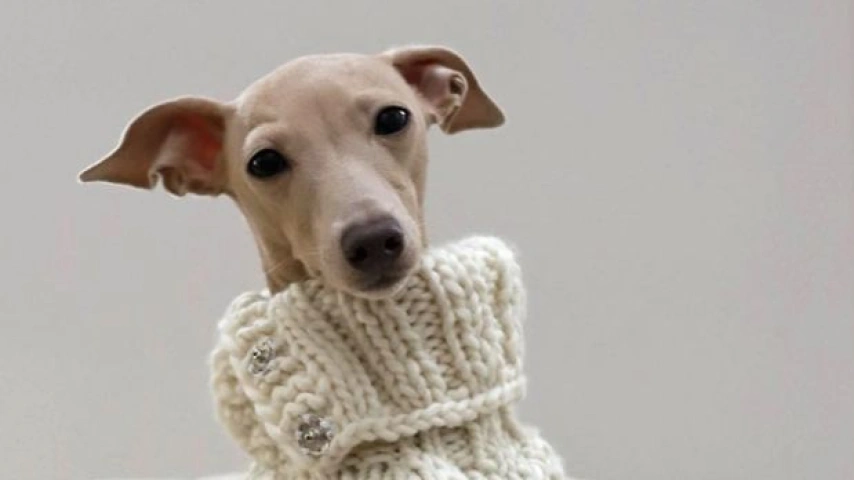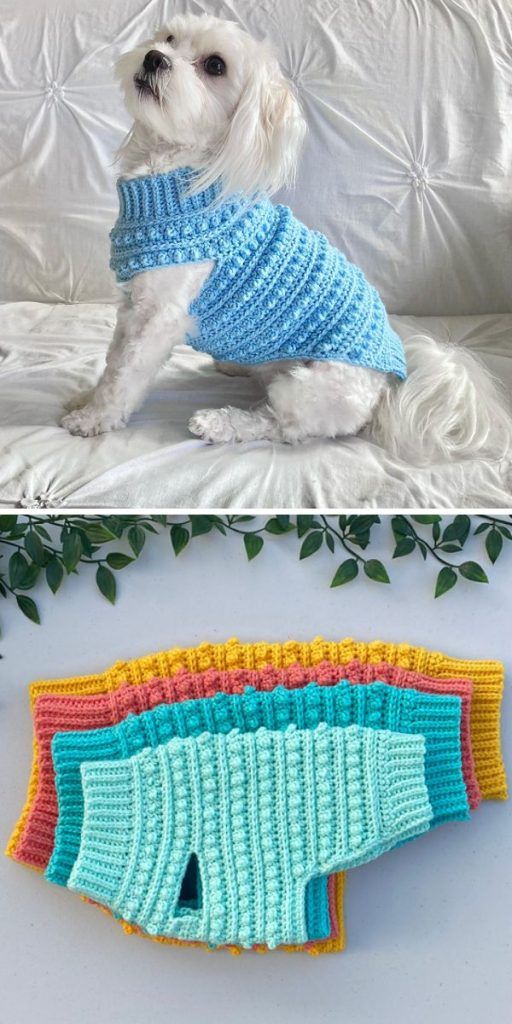Dog / Detail
Dressing Your Dog: A Stylish and Practical Guide
Jonathan Bennet | 16 August 2024 | 18:05
It’s crucial to understand why dressing your dog is essential during the colder months. With winter’s icy grip tightening its hold, it’s time to consider the wellbeing of our furry companions.
While many dogs have thick coats perfectly suited to the cold, some breeds, particularly those with short or thin fur, can feel the chill just as much as we do.
This is where doggy fashion comes to the rescue. Not only can dressing your dog keep them warm and comfortable, but it can also be a fun way to express their personality.

Before we delve into the world of canine couture, it’s crucial to understand why dressing your dog is essential during the colder months.
- Protection from the elements: A well-fitted coat can shield your dog from wind, rain, and snow, preventing them from getting wet and cold.
- Warmth: For breeds with thin coats or those who are elderly or unwell, a warm jacket or sweater can make a significant difference to their comfort.
- Paw protection: Harsh winter conditions can irritate your dog’s paws, so booties or paw balm can be essential.
- Visibility: Reflective clothing can help keep your dog safe on dark winter days.
Source icon

Selecting the perfect outfit for your dog requires careful consideration.
- Breed and coat type: Short-haired breeds and those with thin coats will benefit most from winter wear. However, even thick-coated dogs might appreciate extra protection in extreme conditions.
- Size and fit: A well-fitting garment is essential for comfort and practicality. Measure your dog carefully before purchasing.
- Material: Look for warm, waterproof, and breathable fabrics. Fleece and down are popular choices for insulation, while nylon and polyester are often used for outer layers.
- Style: With countless options available, you can choose a style that suits your dog’s personality. From practical to playful, there’s something for every canine.

Dressing your dog doesn’t mean sacrificing style. In fact, there’s a growing trend for designer dog clothes, with everything from puffer jackets to knitted sweaters available. However, fashion should never compromise function.
Ensure that any outfit you choose allows your dog to move freely and comfortably.

Essential Winter Wardrobe Items
- Coat or jacket: This is a staple for most dogs during winter. Choose a style that offers good coverage and protection from the elements.
- Sweater: For milder days or as an extra layer under a coat, a sweater can provide added warmth.
- Booties: Protect your dog’s paws from icy pavements and harmful chemicals.
- Harness or collar: Ensure your dog’s outfit doesn’t interfere with their harness or collar.

Some dogs may resist wearing clothes initially. Here are a few tips to help with the transition:
- Start slowly: Begin by letting your dog wear the clothes indoors for short periods.
- Positive reinforcement: Reward your dog with treats and praise when they wear their clothes.
- Choose comfortable clothing: Ensure the outfit fits well and doesn’t restrict movement.

While dressing your dog can be fun, it’s essential to prioritise safety.
- Check for choking hazards: Ensure there are no loose buttons or cords that could pose a risk.
- Consider visibility: Reflective clothing can help drivers see your dog on dark mornings and evenings.
- Monitor your dog: Keep a close eye on your dog when they are wearing clothes, especially initially.
By following these guidelines, you can ensure that your dog stays warm, comfortable, and stylish throughout the winter months. Remember, every dog is different, so it’s essential to find what works best for your furry friend.
Related
-

The Healing Power of Dogs: How Canine Therapy is Revolutionizing Mental Health and Boosting Positive Energy in Humans
Dog14 November 2024
-

A Pawsitive History: Dogs of Nuremberg
Dog09 November 2024
-

The Role of Oxytocin in the Human-Dog Bond: The Science Behind Our Deep Connection
Dog06 November 2024
-

Beyond the Beach: Jamaica's Dog Lovers
Dog29 October 2024
-

A Dog's Delights: Homemade Snacks for Our Furry Babies, Recipes Included!
Dog29 October 2024
-

A Dog's Disorientation: Understanding Your Dogs' Wanderlust
Dog29 October 2024
Popular
-

-

A Pawsitive History: Dogs of Nuremberg
09 November 2024 -

-

Beyond the Beach: Jamaica's Dog Lovers
29 October 2024 -
